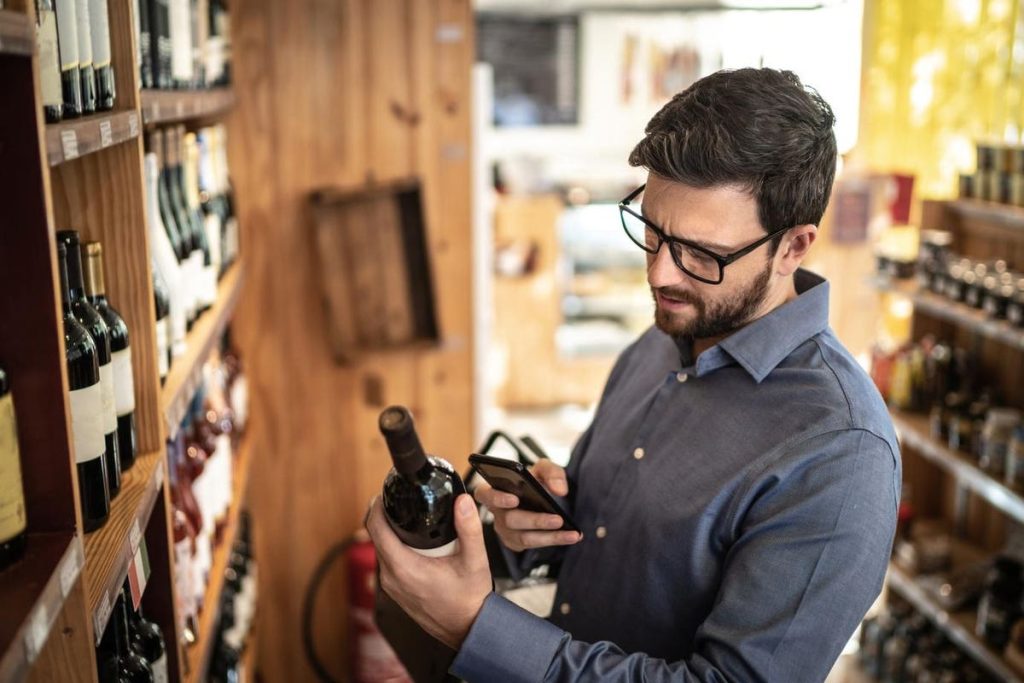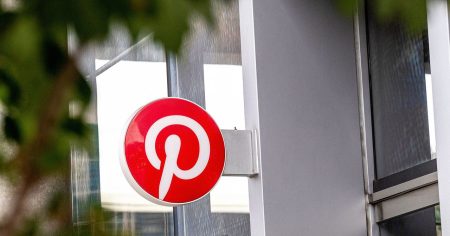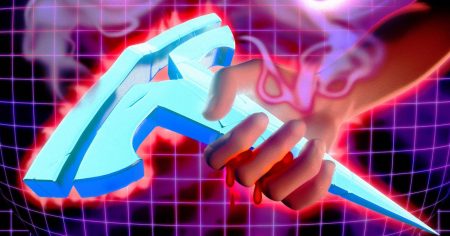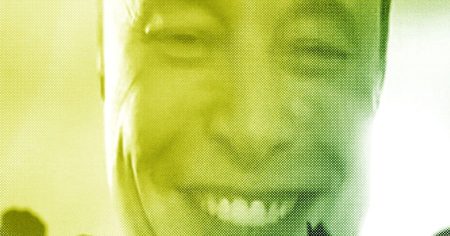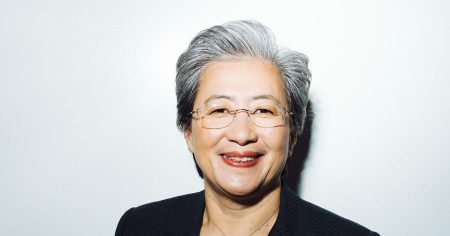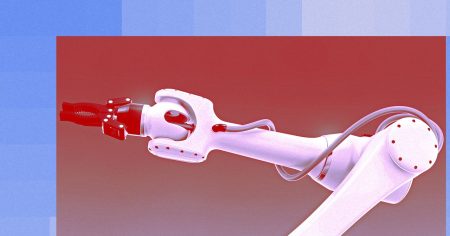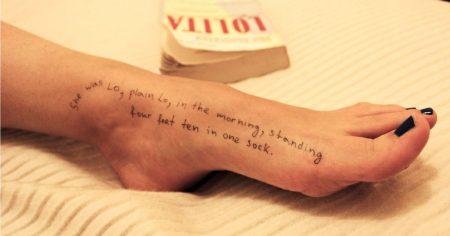Alexander Westgarth is the founder and CEO of WineCap, an investment platform that makes wine investment affordable, transparent and simple.
Wine technology has existed for millennia. Machines like the wine press came some 6,000 years ago. And with each new turn of the century, innovations unfold. Today we have champagne pioneered by a little-known French monk named Dom Pérignon. And the Romans used great barrels to transport wine.
Today is no different. Nestled deep within luscious green vineyards, potential is stirring. Advanced technology is dipping into the tantalizing world of wine. Here are some of the most delicious developments right now and what business leaders can learn from them.
Artificial intelligence produces its first bottle—with some help from humans.
The potential of generative AI was unleashed as winemakers Anthony Aubert and Jean-Charles Mathieu asked ChatGPT to produce organic wine. The founders gave specific information on the variety of Grenache and Syrah grapes available and followed the platform’s instructions.
Interestingly, Aubert and Mathieu asked ChatGPT to develop the bottle’s branding too. The platform decided to name its vintage “The End,” which has a somewhat ominous ring. Could this be early signs of a ChatGPT self-deprecating joke?
ChatGPT wades into other areas of winemaking too. Surprisingly—for a non-sentient robot—some manufacturers have even tested whether it can act as a sommelier. Watch this space!
Blockchain brings new layers of authentication.
The technology behind smart contracts, cryptocurrency and non-fungible tokens (NFTs) strikes again. Blockchain is a revolutionary way of storing information and ownership. It’s taking the wine universe by storm.
For example, the VDP—an association of top wine producers in Germany—recently collaborated with the startup VINiD, which has combined NFT and near field communication (NFC) technology to protect wine from forgery. And across the wine universe, blockchain is edging into the mainstream, spanning many different producers.
Wine investors can now have a digital record, tracking a bottle’s journey from winery to their cellar, its storage conditions, previous owners and more. While there are still some potential risks—like a lack of regulation, higher carbon emissions or the creation of fake NFTs—it is an exciting starting point.
Several companies are already including a QR code to scan on the back of the bottle to see the history of the wine. This value-adding information helps investors make better decisions. And some wineries are pairing blockchain records with NFT art or exclusive vineyard experiences.
Machine learning opens the door for investing decisions.
Bias is something that every human suffers from—even wine investors. Research conducted by Morningstar found 98% of Americans have at least one bias when it comes to their finances. These biases often lead to poor investment decisions, which, according to the paper, lead to losses of “millions of dollars every year.” It’s almost impossible for us to be truly objective with our portfolios. But, robots could help.
While there is still room for improvement, thanks to meteoric developments in machine learning, professional investors are using robots to discover goldmines. In this context, machine learning works by scanning hundreds of thousands of datasets (known as big data), against certain criteria to pick out potentially overlooked gems.
Within wine, there are plenty of opportunities to scour exciting developments. I look forward to machine learning platforms scanning auction rooms and trading platforms with glee. Which brings me to the next major innovation.
Wine trading platforms chug full steam ahead.
In 2013, a little-known website launched that would change the world. It was called Robinhood, and its goal was to bring investing to the masses. Fast-forward a decade, and millions of people use Robinhood. But even more remarkably, I think the application sparked a new fintech industry. Today the online investment trading market is sized at 9.32 billion, and it’s growing around 6% each year.
The trading app buzz has spread to wine investments too. A quick search on the AppStore brings up around 25 platforms for trading fine wine. As I explained in my April article, the surge in online trading is attracting entirely new markets, too. As the CEO of a wine investment platform, I’ve found buyers are getting younger, edgier and more tech-savvy by the minute.
Over the following years, I’d expect to see wine enter the world of fractional shares, too, as we’re seeing with fine art. This would give investors with lower budgets some of the many inflation-hedging benefits of fine wine.
Cheers to the future!
Nobody knows how to innovate like vineyards. And that means leveraging the latest technology and experimenting with every stage of the process. From embedded finance checkouts to futuristic metaverse warehouses brimming with fine wine NFTs—the possibilities are endless.
My advice to all business leaders is to apply this approach to their own companies, processes and strategies, too. Always keep up with technology trends.
This could mean continuously improving the user experience on your apps and websites. It could mean using AI as part of strategic planning to make more informed decisions. Or it could mean leaning into the incredible power of blockchain. Unless you want to be remembered as the latest Blockbuster, it’s essential to move with the times.
Of course, there are always challenges with embracing new technology, and some innovations won’t be a good fit. This is why it’s so important to hire creative experts, trust in your teams and keep an open mind. Who knows—this approach could help your products last the next 4,000 years.
Forbes Business Council is the foremost growth and networking organization for business owners and leaders. Do I qualify?
Read the full article here



